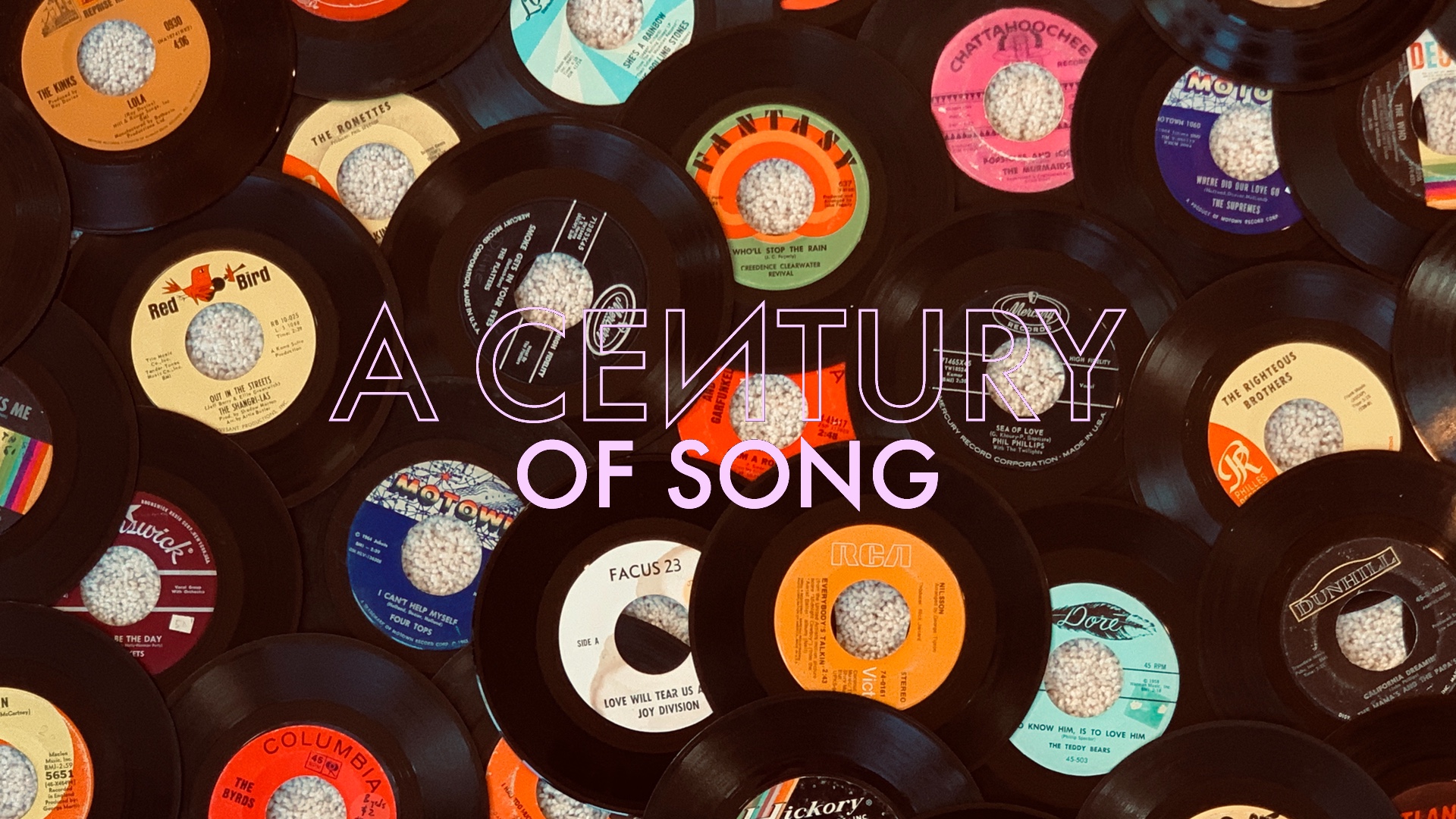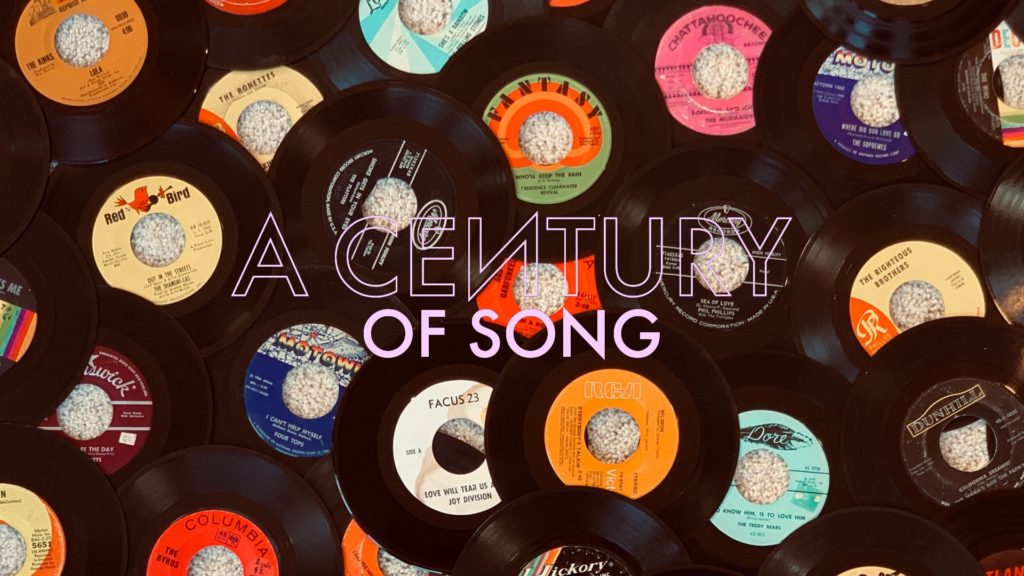
A Century of Song is an attempt to summarize 100 years of popular music through 1000 carefully chosen tracks. Included within this list are landmark singles, stellar album cuts, huge hits, hidden gems, and more than a few personal favorites. Read the introduction for the project here, and enjoy the embedded videos and Spotify playlist.
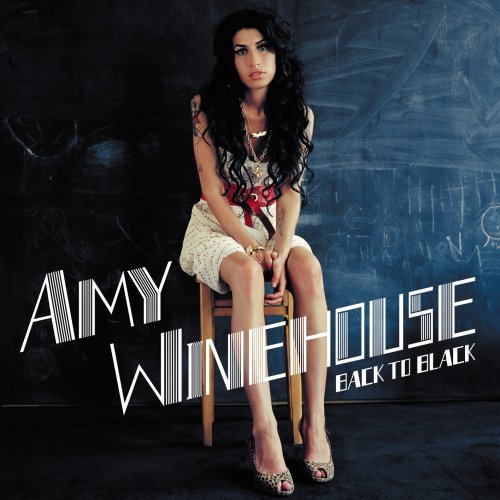
700
A song of defiance from a talented but deeply troubled artist, “Rehab” is arguably Amy Winehouse’s definitive statement. A top ten hit in both the United States and her native UK, the song was a direct commentary on Winehouse’s newfound infamy in the British press, following the breakthrough success of her 2003 debut, Frank.
Set to a triumphant neo-soul instrumental backing, “Rehab” saw Winehouse paying musical homage to sixties-era girl groups – while also directly referencing soul singers Ray Charles and Donnie Hathaway. Lyrically, it found Winehouse leaning into her reputation as a “bad girl,” unwilling to heed the warnings from concerned onlookers. Of course, that defiance would turn tragic upon her 2011 death from alcohol poisoning.
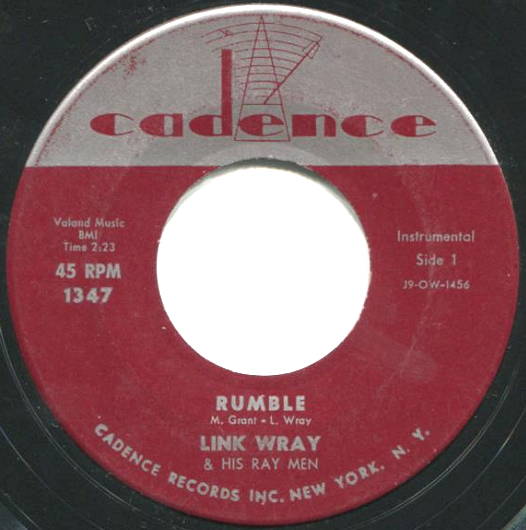
699
One of the most evocative rock and roll instrumentals of all-time, “Rumble” has appeared in countless films, ads, and television programs, based on its ability to conjure a coolly sinister atmosphere. A hit song in its own right – and apparently the only instrumental to ever be banned on certain American radio stations – it’s the signature statement from one of the most influential early rock guitarists.
Link Wray wrote “Rumble” on the fly during a live performance. In the studio, Wray went to great lengths to give the song a decidedly dirty sound, utilizing feedback, tremolo, and even puncturing the speakers of his amplifier to achieve a distorted effect. These tricks would all be employed – and expanded upon – by the next generation of rock guitarists, in an era that arguably begins here.
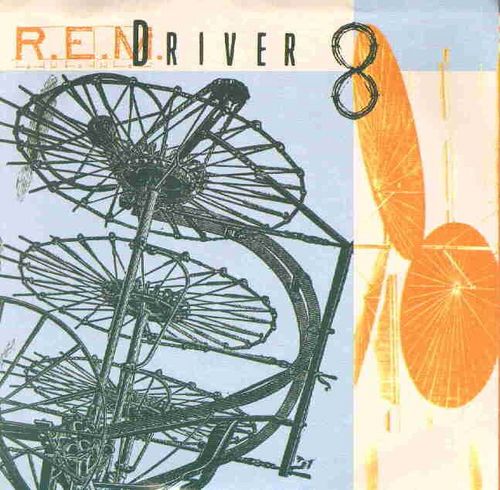
698
One could make the case for this track as the quintessential early R.E.M. song. Featuring layers of Peter Buck’s jangly guitars, Mike Mills’ highly melodic bass, Bill Berry’s steady post-punk backbeat, and Michael Stipe’s cryptic lyrics, “Driver 8” is an alluring track, and the highlight of the band’s third album, 1985’s moody Fables of the Reconstruction.
R.E.M. recorded Fables in Britain, under the supervision of Joe Boyd – who had produced several definitive British folk records. The sessions were difficult, and ultimately, the album that they produced was significantly darker than the band’s first two LPs – tinged with a sense of melancholy and a homesickness for the band’s native American south. “Driver 8” shines like a beacon in a dark night – its railroad imagery providing a certain element of home, far away from home.
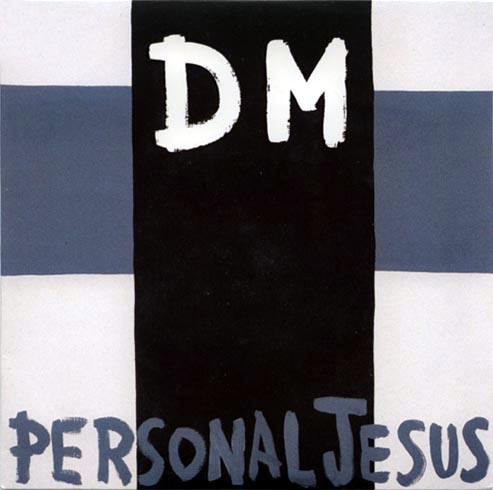
697
Already one of the most successful bands of their time, Depeche Mode reached a new level of accomplishment with 1990s Violator. Released as a single several months in advance, “Personal Jesus” provided an intriguing peek into the group’s new direction, and the album for which it would serve as a centerpiece.
Depeche Mode had spent the previous decade merging the sounds of electronic music and rock, but never quite as effectively as they did with “Personal Jesus.” Built around massive drums and an infectious guitar hook, the song found the group leaning toward the rock end of their spectrum to thrilling effect.
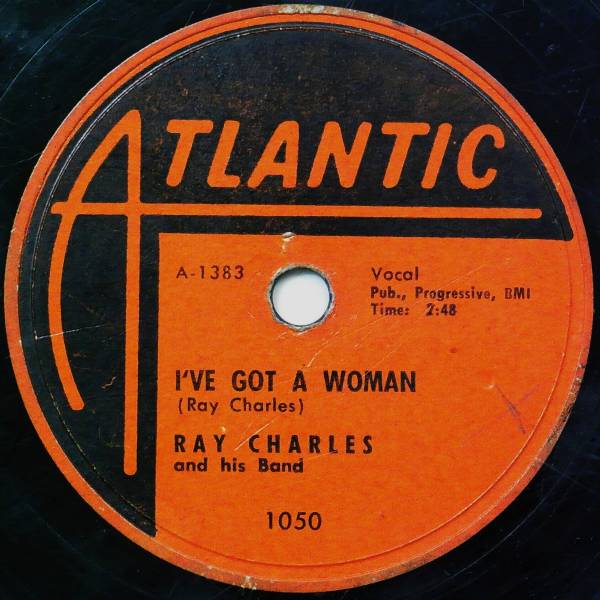
696
Ray Charles’ first song to hit number one on the R&B charts, “I Got a Woman” – initially released as “I’ve Got a Woman” – is one of his definitive recordings. Though Charles’ career pre-dates the rock and roll era, it’s hard to argue that he hadn’t already assembled the essential elements – including bothersome misogyny – for the genre by the time of this breakthrough single.
The energy and accelerated tempo of “I Got a Woman” find Ray Charles echoing the work of earlier pre-rock greats, such as Louis Jordan, but the depth of Charles’ talent as a singer, songwriter, and musician would help to separate him from the pack. This single ushered in a decades-long career that would make him one of the most celebrated American musicians of all-time.
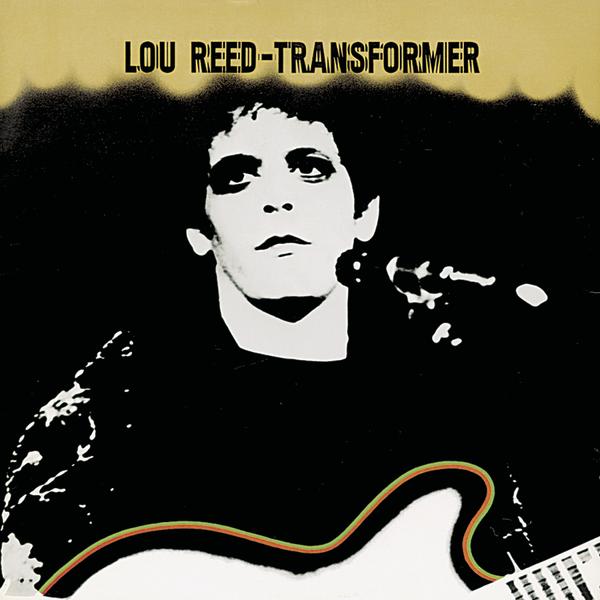
695
One of the most subversive tracks to ever become a rock radio staple, “Walk on the Wild Side” is one of Lou Reed’s defining songs. Essentially an homage to several regulars of Andy Warhol’s Factory scene, the song finds Reed deepening the exploration of taboo subjects – drugs, prostitution, gender fluidity – that he had engaged in during his time in The Velvet Underground.
Musically, “Walk on the Wild Side” greatly benefits from David Bowie and Mick Ronson’s sparse production. Carried by gently brushed drums and Herbie Flowers’ iconic double-tracked bass line, “Wild Side” establishes a jazzy atmosphere, even before its saxophone solo ushers in the song’s extended fade out.
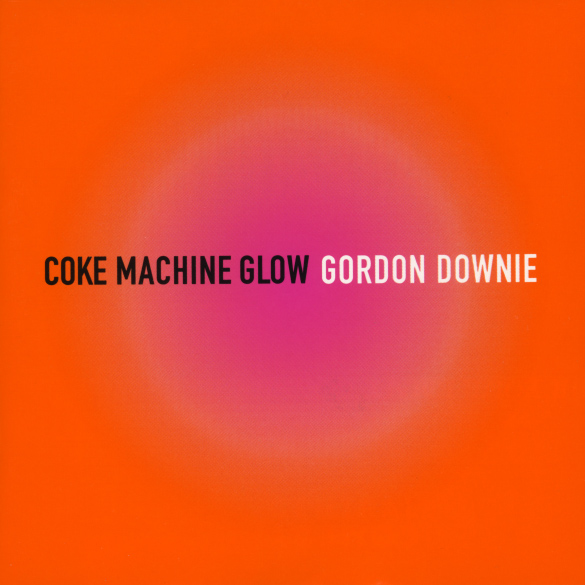
694
One of the more esoteric picks among my favorite albums, 2001’s Coke Machine Glow was the solo debut of The Tragically Hip’s late frontman, Gordon Downie. Whereas his work in that group regularly found him flexing sharp references to Canadiana/Americana in a somewhat-traditional blues rock capacity, Coke Machine Glow often saw Downie with a musical backing as impressionistic as his lyrics.
For example, take “Vancouver Divorce” – one of Downie’s most masterful pieces of songwriting. Deliberately opaque, the lyrics represent the communication breakdown that accompanies a deteriorating relationship. That point of decay is driven home by the song’s brutally minimalistic guitar solo and the drifting instrumentation that soundtracks two people irreparably floating away from each other, but unable to explain why.
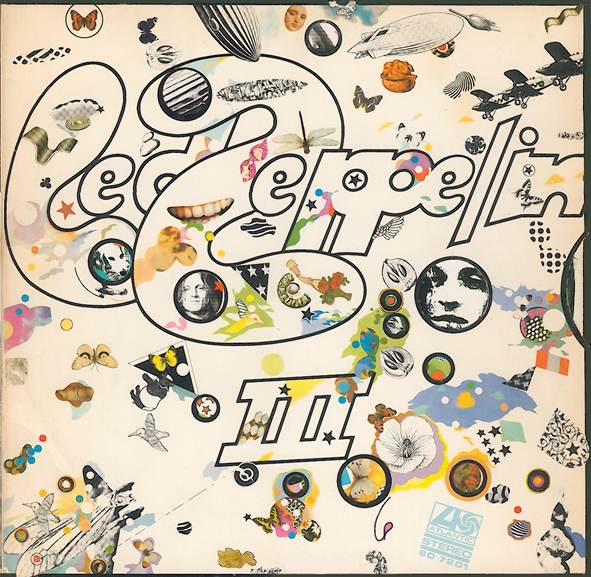
693
In the introduction for this project, I mention that there are more songs by The Monkees on this list than there are tracks by Led Zeppelin. That’s not to say that I dislike Zeppelin – or even that I prefer The Monkees – but I do find their notoriety to be a bit inflated. However, this is one instance where the band’s “hammer of the gods” mythology lives up to its reputation.
Opening their (comparatively) folky third album, “Immigrant Song” is driven by Jimmy Page’s commandingly simple guitar riff, while John Bonham and John Paul Jones provide their typically thunderous backing. It’s in the arrival of Robert Plant’s banshee wail that the sinister nature of the track truly comes into focus, and when it does, you can’t help but be a bit impressed. It’s the sound of a powerful rock group near their peak.
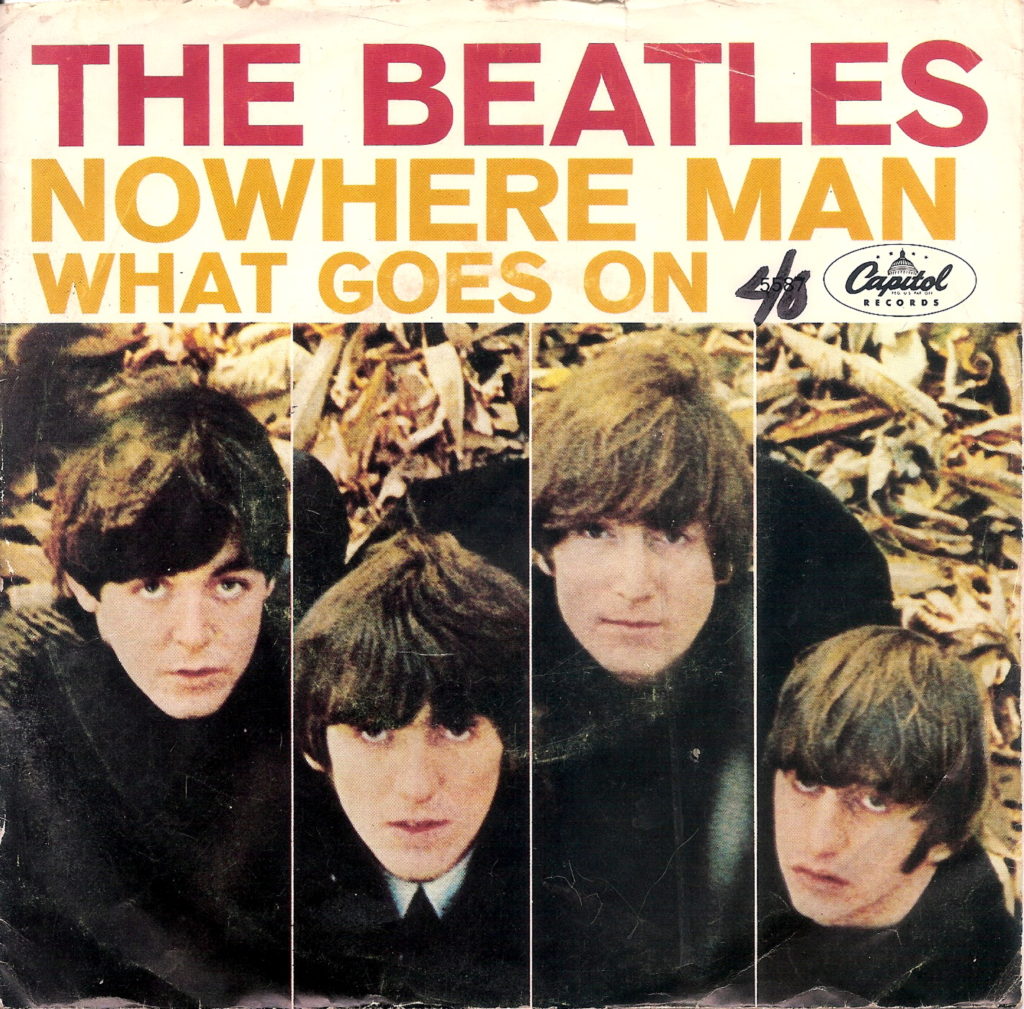
692
Rubber Soul: the point at which The Beatles decided that they had no time for anything less than masterpieces. By the time of its late-1965 release, folk rock had arrived – with the torch being carried by West Coast bands like The Byrds – but Rubber Soul found The Beatles combining their Dylan-inspired songwriting with a varied, nuanced, and shimmering contemporary sound.
“Nowhere Man” is one of Rubber Soul‘s finest moments – beautifully written and sang, and warmly captured by George Martin’s unobtrusive production. A John Lennon composition, it was significant in The Beatles’ songwriting evolution, as it’s frequently cited as their first track to completely abandon the love song formula that had reaped such large dividends. Its thoughtful lyrics, enveloping harmonies, and glistening guitars propel “Nowhere Man” to the upper ranks of their peerless catalog.

691
In many circumstances, being a younger sibling can prove difficult. I imagine that pursuing a music career when your older sister is quite possibly the biggest pop star on the planet is one of those circumstances. While Solange Knowles may always remain in the commercial and cultural shadow of Beyonce, her music has arguably drawn more critical acclaim than that of her sister.
For my money, “Cranes in the Sky” is the best song to be released by either of the Knowles sisters. Carried by a minimalist backing, courtesy of producer Raphael Saadiq, “Cranes in the Sky” deliberately avoids the bombastic nature that defines the lion’s share of contemporary pop music. Its reliance on groove and atmosphere make it all the more striking, and draw further attention to Solange’s introspective lyrics and impressive multi-tracked vocals.
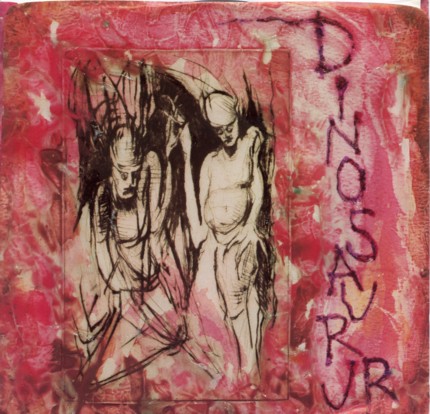
690
The opener to 1988’s Bug is Dinosaur Jr’s greatest rock anthem, and the highpoint for the Amherst, Massachusetts trio. Appearing on the band’s final release for an independent label, “Freak Scene” is a triumphant and rousing track from a group that was on the verge of graduating to the big leagues.
Buoyed by one of J Mascis’ strongest vocal melodies, his endearingly self-deprecating lyrics, and two (!) of his most scorching guitar solos, “Freak Scene” is a quintessential example of American indie rock – catchy, energetic, and noisy. The band’s original lineup would soon begin to fall apart – Bug would be the trio’s final album together until their 2007 return, Beyond – but they sound perfectly in-sync here.
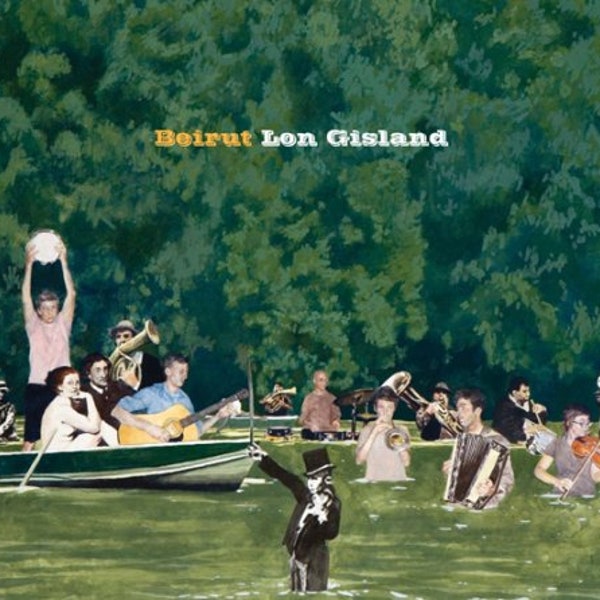
689
Zach Condon’s project, Beirut, made their debut with 2006’s well-received album, Gulag Orkestar. With a newly-expanded lineup, the group would quickly reach their peak on this single from the following year’s Lon Gisland EP, perfecting their indie rock meets Eastern European folk – by way of New Mexico – sound.
“Elephant Gun” is an enchanting track; its lilting rhythm and Condon’s sweet vocal melody are accentuated by a rustic arrangement of acoustic string instruments, brass, and accordion. The lyrics express a longing for escape, and despite their vague nature, there’s a romanticism to their combination with the track’s orchestral backing – one that never threatens to fall into over-sentimentality.
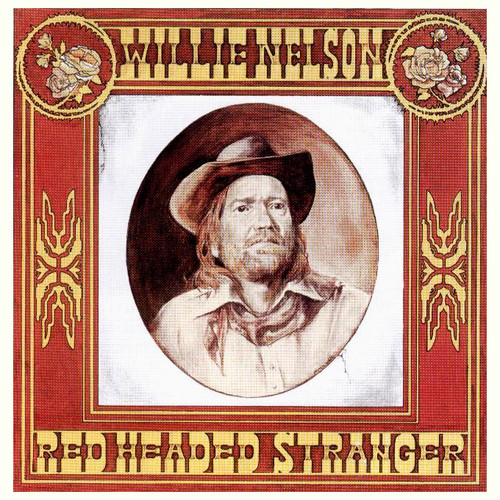
688
Willie Nelson initially made his impact on country music as a songwriter – penning hits for the likes of Patsy Cline and Ray Price. Nelson retired after a moderately-successful stint as a singer-songwriter, only to return in the early seventies, rededicating his career with the series of concept albums that continue to largely define his iconic status.
The finest of those albums, Red Headed Stranger found Nelson fashioning a story around a set of songs that were largely written by other songwriters. The album’s emotional centerpiece, “Blue Eyes Crying in the Rain” saw Nelson repurposing a 1945 Fred Rose song into his story about a preacher on the run from the law after the murder of his wife and her lover.
Famously, Nelson’s label initially balked at the sparsely produced Red Headed Stranger. However, the album’s intimacy accentuated his strengths as a performer. “Blue Eyes” is a perfect example, as it features Nelson, his guitar (“Trigger”), and only minimal accompaniment – check the wonderful little detail of his self-harmonizing on the “we’ll stroll hand-in-hand again” line. Released as the album’s first single, “Blue Eyes” rocketed to the top of the country charts, and became an unexpected crossover success – solidifying Nelson’s status as a star.

687
While her 2019 album, All Mirrors, represents Angel Olsen’s best full-length work, this outstanding rave-up from 2016’s MY WOMAN remains her best track to date. Expanding upon the folk stylings of her earlier recordings, “Shut Up Kiss Me” finds Olsen adding a raw and energetic element into one of her most sharply written tracks.
“Shut Up Kiss Me” breezes through its run time while mostly sticking to the same chord progression, but it packs in enough melodic hooks and dynamic shifts to make it feel far more complex than it is. The highlight is arguably the bridge – with a sly Dylan reference – where Olsen’s voice grows more urgent with each line, leading to a climactic final chorus. It’s a fantastic track from one of the best songwriters of the moment.
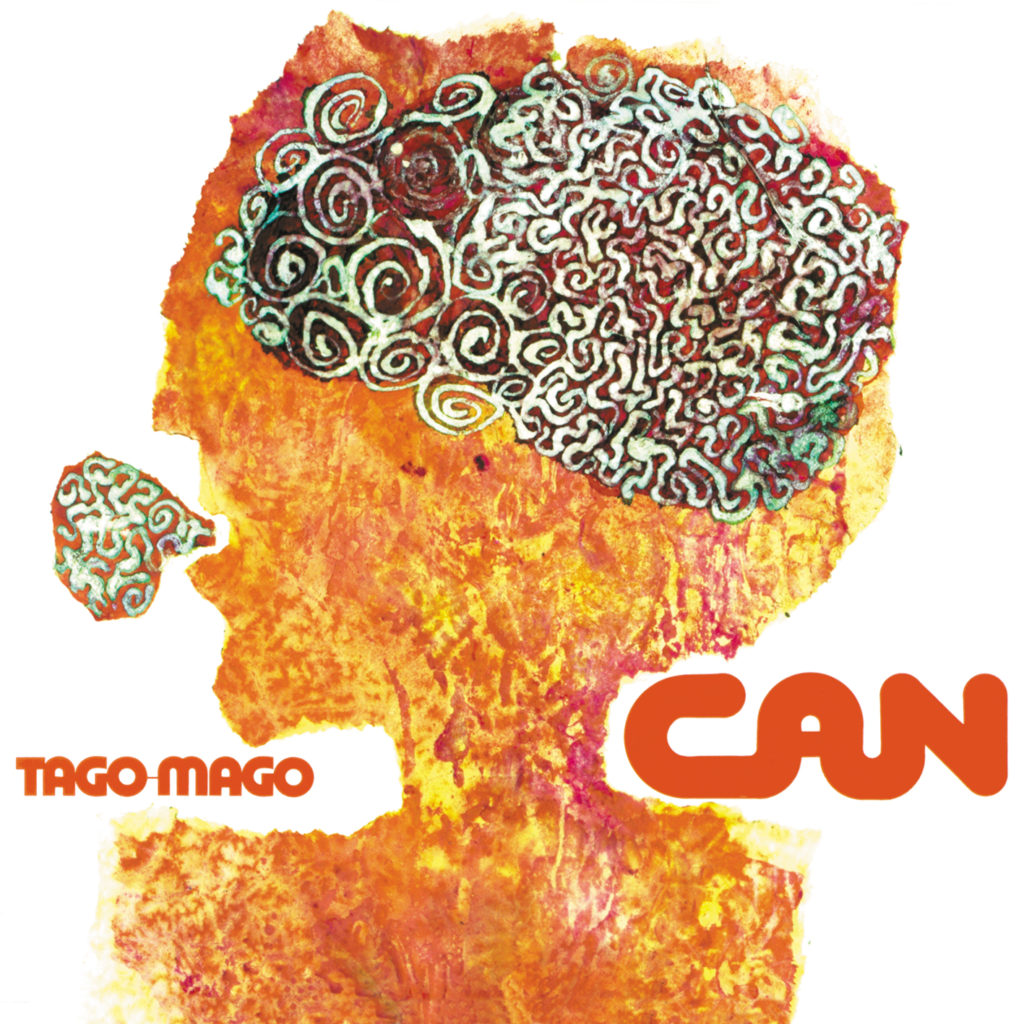
686
Can formed in Cologne in 1968, and wasted little time establishing themselves as one of the most forward-thinking bands in Germany, or anywhere. In the process of assembling their second album, 1970’s Soundtracks, the group underwent a lineup change, subbing in vocalist Damo Suzuki for the departed Malcolm Mooney.
Something in the band’s chemistry changed with Suzuki in the mix. From 1971-73, Can would release three of the most bizarrely brilliant albums in the history of popular music. The first of these, Tago Mago, found the group in a deeply experimental mode, assembling songs from extended improvised jams, tape loops, and other studio trickery.
At the core of Can’s sound was the incomparable drumming of Jaki Liebezeit – possibly the greatest rock drummer of all-time. Liebezeit’s metronomic grooves gave the rest of the group plenty of room to explore, which is precisely what they do on Tago Mago‘s spellbinding centerpiece. “Halleluwah” is eighteen-and-a-half minutes of winding, cryptic, dark funk that sounds little like anything heard before in rock music. Suzuki’s lyrics are difficult to parse, as if he is hoping to invent an entirely new language on the fly. After all, if his bandmates were doing so with their music, why shouldn’t he with his lyrics?
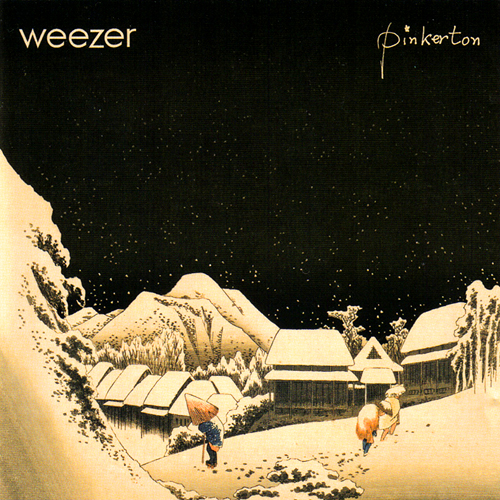
685
In a preview of a career spent dodging expectations (to increasingly-diminishing returns), Weezer released “El Scorcho” as the first single from 1996’s Pinkerton. Perhaps in response to the mixed critical reaction that the album earned, the band released the most “conventionally-Weezer” track as the record’s second single.
“The Good Life” is the catchiest song from a notoriously thorny album, but it’s hardly a repeat of the polished sounds of the band’s 1994 debut. The “record in red” philosophy that is employed elsewhere on Pinkerton is used here, but Rivers Cuomo’s anxious verses lead to one of his most anthemic choruses yet. While it was hardly enough to rescue Pinkerton‘s reputation in the short term, “The Good Life” was central to the cult following that grew around the album in the years to come.
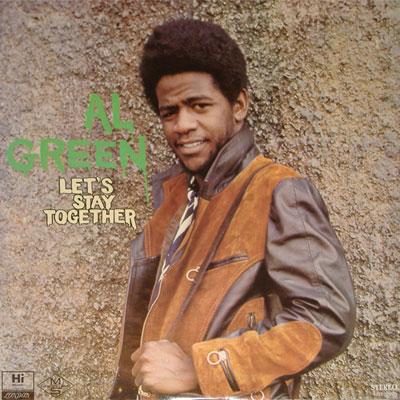
684
The towering pinnacle of Al Green’s immaculate early-seventies run, “Let’s Stay Together” is one of the finest examples of southern soul ever recorded. Green had previously earned praise for his fantastic vocal work, but it was “Let’s Stay Together” that ultimately brought his music to a much wider audience than ever before.
Green composed “Let’s Stay Together,” and – as the lead single and opening track to the album of the same name – it was instrumental in his rise to pop fame. Smooth, passionate, and gorgeously restrained, the track was a massive critical and commercial success, reaching the top of the Billboard charts, where it remained for nine weeks.
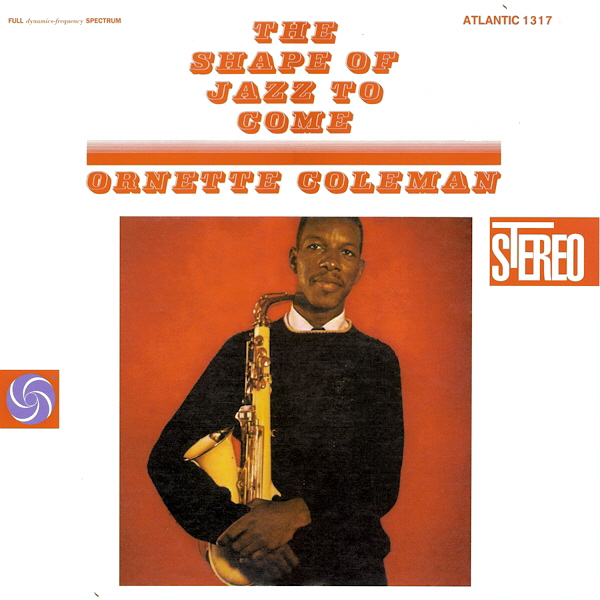
683
Ornette Coleman issued a bold challenge with the title of his third album, 1959’s The Shape of Jazz to Come. Decidedly experimental, the record was a call to arms for jazz music’s avant-garde wing, of which Coleman was a fast-rising star. While it would become known for its many innovations, The Shape of Jazz to Come is a surprisingly accessible record – far more so than later works, such as Coleman’s 1961 album, Free Jazz – and particularly on its celebrated opening track.
Like many practitioners of avant-garde jazz, Coleman often turned to art for inspiration. Just as the wild improvisation of Free Jazz was inspired by the likes of Jackson Pollock – whose work The White Light graced its cover – “Lonely Woman” was inspired by a painting. Coleman had spotted a picture of a well-to-do woman during a shift working at a department store. Upon returning home, he composed the song, drawn in by the sadness that he interpreted in the painting. It’s an expressive track – richly melodic, with spectacular playing – one that stands among Coleman’s finest work.
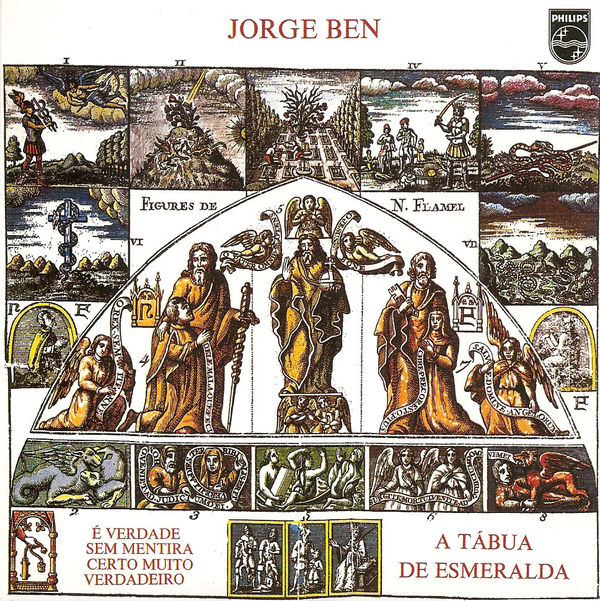
682
Jorge Ben released his debut album, Samba esquema novo, in 1963, immediately landing at the forefront of Brazil’s contemporary bossa nova movement. Ben would be a foundational influence on Brazil’s Tropicalia scene of the late-sixties – a scene which would, in turn, inspire him to record much of his greatest work.
Released in 1974, A Tábua de Esmeralda is considered by many to be Jorge Ben’s masterpiece. A wonderfully eclectic record that found him drawing influence from Tropicalia, funk, psychedelic rock, and traditional Brazilian music, the album was central to the MPB (Música popular brasileira) styling of the seventies.
The album’s lead single and first track, “Os alquimistas estão chegando os alquimistas” is arguably Ben’s single greatest composition. No stranger to melody, he unleashes a lush tapestry of vocal and instrumental hooks on the song, which is carried by a talented cast of guest contributors. It’s warm, upbeat, inviting, and one of the finest Brazilian singles of all-time.
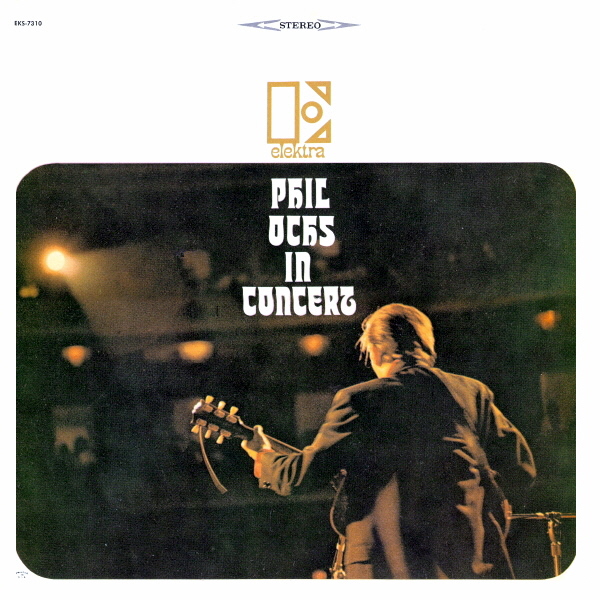
681
Quite possibly his finest record, 1966’s Phil Ochs in Concert was not a true live album, as most (perhaps all) of it was recorded in the studio, with crowd noises added in for effect. Even still, all of the passion, humor, and intensity of a live performance from the “singing journalist” comes through on the intimate set.
The album’s final track, “When I’m Gone,” is a mournful ballad that finds Ochs avoiding the hyper-specificity that defined much of his work. Set to a beautiful melody, the song is an introspective reflection on life’s pleasures and pains. It would take on additional significance upon Ochs’ death, by suicide, in 1976.


